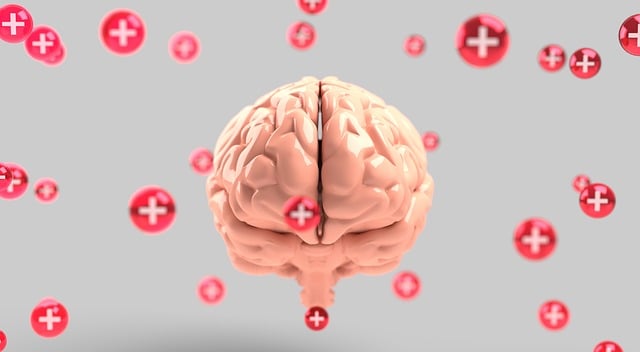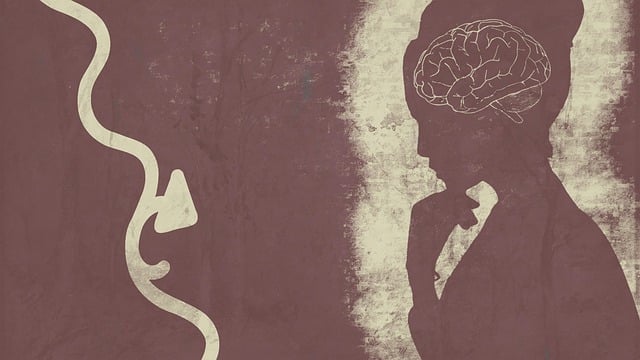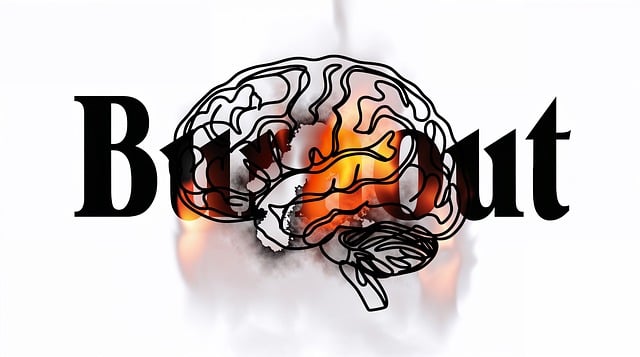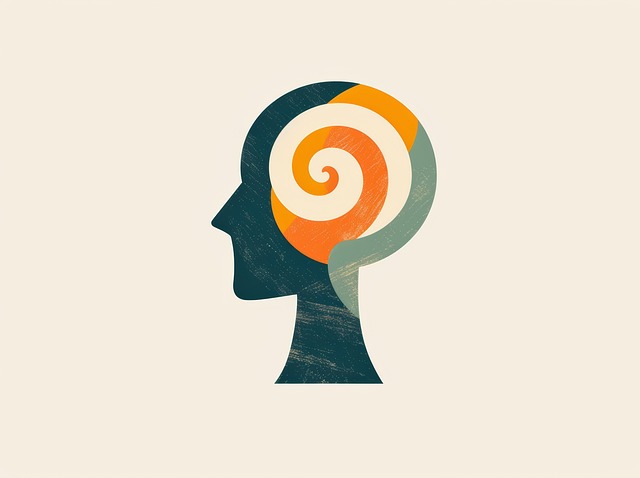Boulder Young Adults Therapy (BYAT) prioritizes risk assessment as a foundational aspect of its therapeutic practices, ensuring safe and effective treatment for young adults. Through comprehensive evaluations, therapists identify potential hazards related to client demographics, treatments, and environments, tailoring strategies for minimization. BYAT's approach includes structured risk assessments, personalized prevention plans, and continuous monitoring, empowering clients with emotion management skills and tools to navigate challenges. The clinic focuses on burnout prevention, empathy building, and self-esteem improvement, fostering supportive relationships and facilitating positive outcomes. Case studies demonstrate BYAT's innovative strategies, combining therapeutic techniques and community engagement to build resilience in young adults facing unique mental health challenges.
In the realm of Boulder Young Adults Therapy, risk assessment and harm minimization planning are indispensable tools for fostering a safe and supportive environment. This comprehensive guide explores essential aspects of these processes, from understanding fundamental risk assessment principles to implementing practical harm minimization strategies. We delve into identifying potential hazards, developing effective interventions, and monitoring their success through real-world case studies, all tailored to meet the unique needs of young adults in therapy settings.
- Understanding Risk Assessment: A Cornerstone of Safe Practice
- Identifying Potential Hazards: A Comprehensive Approach for Boulder Young Adults Therapy
- Developing Harm Minimization Strategies: Practical Steps Forward
- Implementation and Monitoring: Ensuring Effectiveness in Therapy Settings
- Case Studies: Real-World Examples of Successful Risk Management in Young Adult Therapy
Understanding Risk Assessment: A Cornerstone of Safe Practice

Risk assessment is a fundamental process in ensuring safe and effective practices, particularly within therapeutic settings like Boulder Young Adults Therapy. It involves meticulously evaluating potential hazards and their likelihood of causing harm, allowing professionals to implement appropriate strategies for harm minimization. By adopting a structured approach, therapists can identify risks associated with various factors, such as client demographics, treatment methods, and environmental conditions.
This proactive process goes beyond mere compliance; it empowers therapists to create nurturing environments that foster mental wellness. Incorporating compassion cultivation practices and burnout prevention strategies for healthcare providers can significantly enhance risk assessment. For instance, by recognizing the impact of stress and fatigue on judgment, therapists can better navigate challenging situations, ensuring client safety while promoting their mental wellness.
Identifying Potential Hazards: A Comprehensive Approach for Boulder Young Adults Therapy

Identifying potential hazards is a critical step in risk assessment and harm minimization planning for Boulder Young Adults Therapy (BYAT). A comprehensive approach involves meticulously scanning various facets of the therapeutic environment, including physical spaces, group dynamics, and individual client needs. BYAT therapists are trained to recognize subtle cues that may indicate emotional or psychological triggers, ensuring a safe and supportive atmosphere.
This process includes incorporating Mental Wellness Journaling Exercises as a guidance tool for clients to introspect and communicate their feelings. Additionally, designing Mental Health Education Programs can equip young adults with the knowledge to understand and manage their emotions effectively. By fostering open dialogue and providing Emotional Regulation strategies, BYAT aims to create a robust framework that addresses both immediate risks and long-term emotional well-being, ultimately enhancing the therapeutic experience for Boulder’s young adult population.
Developing Harm Minimization Strategies: Practical Steps Forward

Developing effective harm minimization strategies is a multifaceted process that requires careful planning and execution. At Boulder Young Adults Therapy, we recognize that each individual’s journey towards well-being is unique. Therefore, our approach involves tailoring interventions to address specific risks and challenges. The first step is conducting comprehensive risk assessments to identify potential triggers and vulnerabilities. This includes exploring personal history, mental health status, substance use patterns, and environmental factors. By gaining this insight, therapists can design targeted prevention plans.
Practical strategies might include integrating Self-Awareness Exercises to foster emotional resilience, implementing Public Awareness Campaigns Development focused on normalizing conversations around mental health, and offering coping mechanisms tailored to individual needs. Regular monitoring and adjustments ensure the plan remains effective as the individual’s circumstances evolve. Ultimately, these strategies aim to empower individuals with the tools needed to navigate challenges and promote long-term positive outcomes, similar to how a well-structured map guides travelers through unfamiliar territories.
Implementation and Monitoring: Ensuring Effectiveness in Therapy Settings

The successful implementation and monitoring of risk assessment and harm minimization plans are paramount in therapy settings, particularly within Boulder Young Adults Therapy. These strategies are designed to ensure that interventions are effective and tailored to individual needs, fostering a safe and supportive environment for young adults. Regular review and adjustment of these plans are crucial components of quality care.
Boulder Young Adults Therapy prioritizes burnout prevention strategies for healthcare providers as well as empathy building strategies to enhance client-therapist relationships. By focusing on self-esteem improvement, therapists can empower clients to navigate challenges with resilience and confidence. Continuous monitoring allows for early identification of potential risks or setbacks, enabling timely interventions and adjustments to treatment plans, ultimately maximizing the benefits of therapy.
Case Studies: Real-World Examples of Successful Risk Management in Young Adult Therapy

In the realm of Boulder Young Adults Therapy (BYAT), case studies offer tangible examples of successful risk assessment and harm minimization planning in action. These real-world scenarios highlight the strategic utilization of various therapeutic techniques, such as Mental Wellness Journaling Exercises and Inner Strength Development Guidance, tailored to address the unique challenges faced by young adults. By immersing oneself in these narratives, one gains valuable insights into how BYAT navigates complex situations, fostering resilience and promoting mental wellness through innovative approaches like podcast series production for peer support.
Through meticulous risk assessment, BYAT identifies potential triggers and vulnerabilities, proactively implementing mitigation strategies. For instance, a case study might depict a young adult struggling with anxiety, where the therapy team devised a personalized plan incorporating journaling to track emotions and produce calming insights. This Mental Wellness Journaling Exercise, coupled with sessions focused on cultivating inner strength, empowered the individual to manage stress effectively. Furthermore, leveraging the power of community through podcast series production allowed for peer-to-peer encouragement, amplifying the therapeutic impact and enhancing overall mental wellness.
Risk assessment and harm minimization planning are essential components for ensuring safe and effective therapy practices, particularly within the context of Boulder Young Adults Therapy. By understanding potential hazards, identifying them through comprehensive approaches, and implementing practical strategies, therapists can create a secure environment that fosters growth and healing. Through successful case studies, it’s evident that these methods not only enhance client outcomes but also contribute to the overall well-being of young adults in therapy settings.








